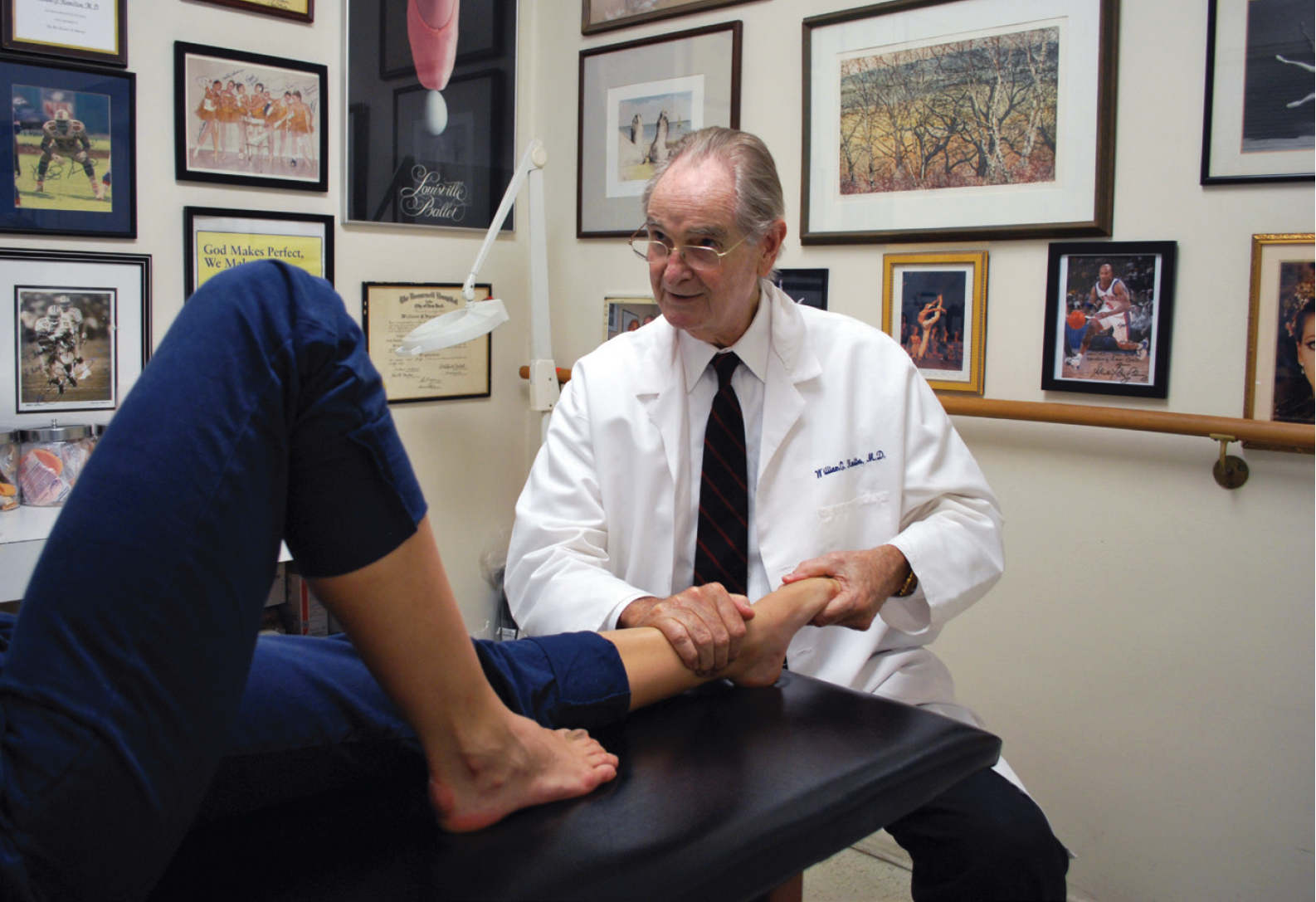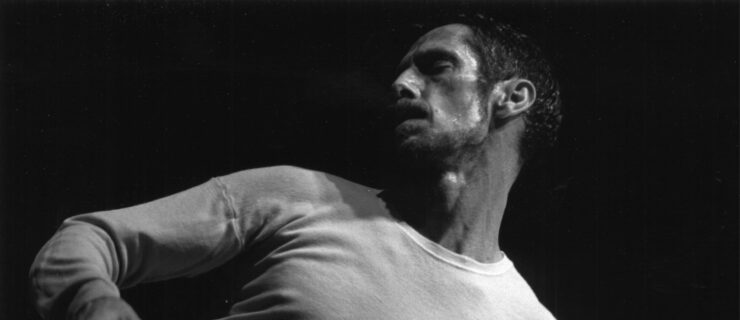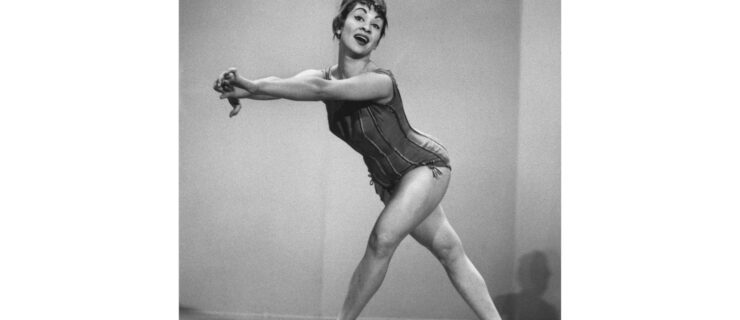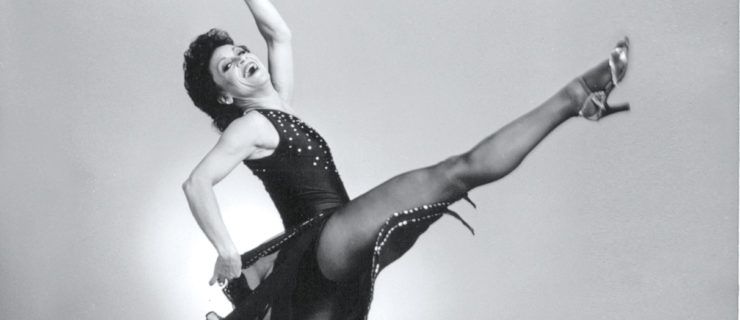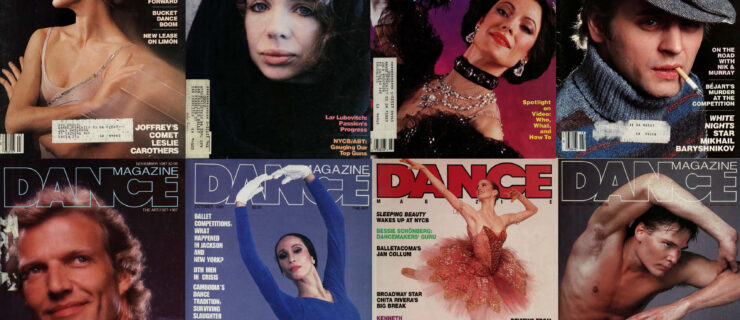Remembering Dr. William Hamilton, Dance Medicine Pioneer
Dr. William Hamilton, the beloved dance medicine pioneer, passed away on March 29 at age 90. The New York–based orthopedic surgeon, who was a longtime member of Dance Magazine‘s advisory board, treated a who’s who list of professional dancers through the decades. His intimate knowledge of ballet and its effects on the body enabled scores of dancers to heal and return to the stage.
In memory of Hamilton and his unmatched contributions to dance medicine, Dance Magazine is sharing its 2011 profile of Hamilton, written by Jennifer Stahl, to celebrate his Dance Magazine Award.
Watching Dr. William Hamilton at work is almost like observing a sculptor shape his clay. Dancers come to him in their lowest moments, putting their bodies in his hands in hopes that he can help them to heal. He handles their limbs with complete authority, with an assertive yet sensitive touch that can only come from someone who’s devoted his career to fixing the broken.
Although he’s never danced professionally, Hamilton may very well be the most prolific man in Lincoln Center. His work appears every time the curtain rises on New York City Ballet or American Ballet Theatre. Mikhail Baryshnikov, Ethan Stiefel, and countless others owe years of their careers to this pioneer of dance medicine.
In 1972, Hamilton was an orthopedic surgeon at New York City’s Roosevelt Hospital when George Balanchine, while visiting a friend there one night, asked a young resident if any doctors might be interested in taking care of a ballet company. The resident recommended Hamilton, who sometimes saw dancers at his office near Lincoln Center. “I had no dance training, but I’d been to the ballet several times,” says Hamilton. “During that era, Balanchine was coming out with a new masterwork every year. I knew very little, but I knew there was magic in that theater.”
At the time, there was no such field as “dance medicine.” With no footsteps to follow or medical literature to look up, for almost five years, Hamilton regularly watched Balanchine’s classes on weekends to study the technique and how it affected the body. The NYCB dancers taught him the names of the steps and gave him exposure to their world. “From the very beginning, I learned that although they get the same injuries as athletes, dancers are artists first,” says Hamilton. He developed a close friendship with Balanchine, and later became his doctor during the choreographer’s illness and death. “He left so many legacies, and I am one of them,” Hamilton says. “His hiring me is what founded dance medicine.”
Hamilton published what he learned about dancers in medical journals. He described how unusual they were and how their injuries almost always related to the altered kinesiology of ballet technique. He saw that most of the problems occurred in the foot and ankle. He began to take a special interest in those areas, which eventually led to his becoming president of the American Orthopedic Foot and Ankle Society.
In 1975, Lincoln Kirstein asked Hamilton to also be the doctor of the School of American Ballet. In 1980, when Baryshnikov became director of ABT, he asked Hamilton to work with his company too. Through the years, Hamilton also cared for dancers at ABT’s Jacqueline Kennedy Onassis School, The Ailey School, and various Broadway shows, and has consulted for the New York Knicks and Yankees. He has implemented in-house physical therapy programs at both NYCB and ABT, where screening efforts have helped to correct the dancers’ weaknesses with the aim of preventing injuries before they occur.
“The best part of my job is just helping, in some small way, to produce the magic that goes on onstage,” Hamilton says. “The ultimate reward is seeing someone, perhaps whose career was essentially over, perhaps who was lying on my operating table, back dancing again.”
